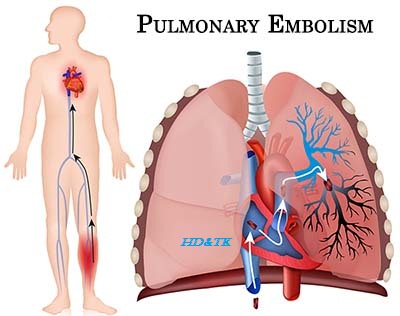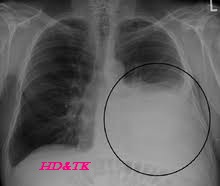Extracellular Fluid
The Internal Environment
About 60 percent of the adult human body
is fluid, mainly a water solution of ions and other substances. Although most
of this fluid is inside the cells and is called intracellular fluid, about one
third is in the spaces outside the cells and is called extracellular fluid.
This extracellular fluid is in constant motion throughout the body. It is
transported rapidly in the blood and the tissue fluids by diffusion through the
capillary walls. In the extracellular fluid are the ions and nutrients needed
by the cells to maintain cell life. Thus all cells live in essentially the same
environment. For this reason, the extracellular fluid is also called the
internal environment of the body. Cells are capable of living, growing and
performing their special functions as long as the proper concentrations of
oxygen, glucose, different ions, amino acids, fatty substances, and other
constituents are available in this internal environment.
Difference between Extracellular and
Intracellular Fluid
The
extracellular fluid contains large amounts of sodium, chloride, and bicarbonate
ions and nutrients for the cells, such as oxygen, glucose, fatty acids and
amino acids. It is also contains carbon dioxide that is being transported from
the cells to the lungs to be excreted, plus other cellular waste products that
are being transported to the kidneys for excretion. The intracellular fluid
differs significantly from the extracellular fluid; specially, it contains
large amounts of potassium, magnesium, and phosphate ions instead of the sodium
and chloride ions the extracellular fluid. Special mechanisms for transporting ions through the
cell membranes maintain the ion concentration differences between the extracellular
and intracellular fluids




Comments
Post a Comment